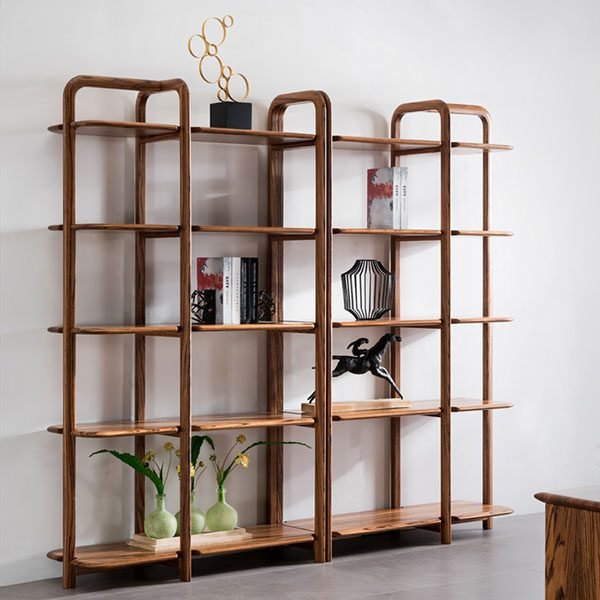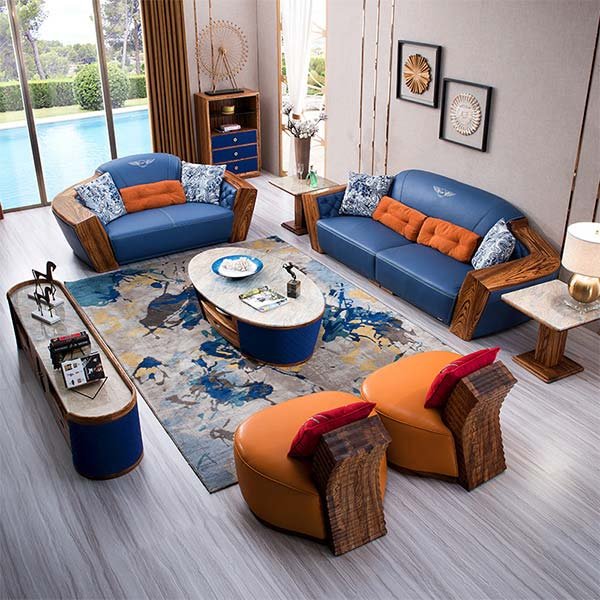“Mix and match your way to a stylish living room!”
Color coordination
When it comes to decorating your living room, one of the key elements to consider is how to mix and match furniture to create a cohesive and stylish look. One important aspect of this is color coordination. By carefully selecting and combining colors, you can create a harmonious and visually appealing space that reflects your personal style.
One way to approach color coordination in your living room is to choose a color scheme that includes a mix of complementary and contrasting colors. Complementary colors are those that are opposite each other on the color wheel, such as blue and orange or red and green. These colors can create a dynamic and vibrant look when used together in a room.
On the other hand, contrasting colors are those that are next to each other on the color wheel, such as blue and green or red and orange. These colors can create a more subtle and sophisticated look when paired together. By mixing and matching complementary and contrasting colors in your furniture and decor, you can create a visually interesting and balanced space.
Another approach to color coordination in your living room is to choose a monochromatic color scheme. This involves using different shades and tones of the same color throughout the room. For example, you could use varying shades of blue, from light sky blue to deep navy, to create a calming and cohesive look. Monochromatic color schemes can create a sense of unity and harmony in a room, making it feel more cohesive and well-designed.
In addition to choosing a color scheme, it’s important to consider the size and scale of your furniture when mixing and matching pieces in your living room. Large, bulky furniture can overwhelm a space, while small, delicate pieces can get lost in a room. By mixing different sizes and scales of furniture, you can create a more visually interesting and balanced look.
When mixing and matching furniture in your living room, it’s also important to consider the style and design of each piece. Mixing different styles, such as modern and traditional or rustic and contemporary, can create a unique and eclectic look. However, it’s important to ensure that the different styles work well together and complement each other to avoid a disjointed or cluttered look.
In conclusion, color coordination is an important aspect of mixing and matching furniture in your living room. By carefully selecting and combining colors, sizes, scales, and styles, you can create a cohesive and stylish space that reflects your personal taste and personality. Whether you prefer a bold and vibrant look or a more subtle and sophisticated style, there are endless possibilities for mixing and matching furniture to create a beautiful and inviting living room.
Mixing different styles
Mixing different styles of furniture in your living room can create a unique and eclectic look that reflects your personal style. However, it can be challenging to achieve a cohesive and harmonious design when combining pieces from different eras and aesthetics. Here are some tips on how to mix and match furniture for your living room.
One way to successfully mix different styles of furniture is to choose a common color palette. Selecting a color scheme that ties all the pieces together will help create a cohesive look. For example, if you have a modern sofa in a neutral color, you can add a vintage armchair in a complementary shade to create visual interest while maintaining harmony.
Another tip is to vary the scale and proportion of the furniture pieces. Mixing large and small items can create a dynamic and visually appealing space. For instance, pairing a bulky sectional sofa with delicate side tables can add contrast and balance to the room.
Incorporating different textures is also key to successfully mixing and matching furniture. Combining materials like wood, metal, glass, and fabric can add depth and richness to your living room. For example, you can pair a leather sofa with a velvet ottoman and a wooden coffee table to create a layered and inviting space.
When mixing different styles of furniture, it’s important to pay attention to the overall balance of the room. Avoid overcrowding the space with too many pieces or overwhelming it with clashing styles. Instead, aim for a harmonious blend of elements that work together to create a cohesive and inviting atmosphere.
One way to achieve balance is to create a focal point in the room. This could be a statement piece of furniture, a bold piece of artwork, or a striking light fixture. By anchoring the space with a focal point, you can create a sense of cohesion and unity among the different styles of furniture.
Don’t be afraid to experiment and think outside the box when mixing and matching furniture for your living room. Embrace your creativity and personal style to create a space that is uniquely yours. Remember that there are no hard and fast rules when it comes to interior design, so trust your instincts and have fun with the process.
In conclusion, mixing different styles of furniture in your living room can be a fun and rewarding design challenge. By following these tips and guidelines, you can create a space that is stylish, cohesive, and reflective of your personal taste. So go ahead, mix and match with confidence, and create a living room that is truly one-of-a-kind.
Balancing proportions
When it comes to decorating your living room, one of the key elements to consider is how to mix and match furniture to create a cohesive and visually appealing space. One important aspect to keep in mind is balancing proportions.
When mixing and matching furniture, it’s essential to consider the scale and size of each piece. A common mistake many people make is choosing furniture that is all the same size, which can make the room feel unbalanced and cluttered. Instead, aim to mix different sizes and shapes to create visual interest and balance in the room.
For example, if you have a large sofa, balance it out with smaller accent chairs or side tables. This will help create a sense of harmony in the space and prevent any one piece from overpowering the room. Additionally, consider the height of each piece of furniture. Mixing tall and short pieces can help create a sense of depth and dimension in the room.
Another important factor to consider when balancing proportions is the placement of furniture in the room. Avoid placing all the furniture against the walls, as this can make the room feel cramped and uninviting. Instead, try floating furniture in the center of the room or creating different seating areas to encourage conversation and flow.
In addition to balancing proportions with size and placement, consider mixing different styles and materials to add depth and character to the room. For example, pair a modern sofa with a vintage coffee table or mix wood and metal finishes for a more eclectic look. This will help create a dynamic and visually interesting space that reflects your personal style.
When mixing and matching furniture for your living room, it’s important to keep in mind the overall color scheme of the room. Choose pieces that complement each other and work together to create a cohesive look. Consider using a mix of neutral tones with pops of color or pattern to add visual interest without overwhelming the space.
In conclusion, balancing proportions is key when mixing and matching furniture for your living room. By considering the scale, size, placement, style, and color of each piece, you can create a harmonious and visually appealing space that reflects your personal style. Experiment with different combinations and don’t be afraid to take risks to create a unique and inviting living room that you’ll love spending time in.
Заключение
Mixing and matching furniture for a living room can create a unique and personalized space. To achieve a cohesive look, consider the style, color, and scale of each piece. Experiment with different combinations until you find a balance that works well together. Don’t be afraid to mix different materials and textures for added interest. Remember to keep the overall aesthetic in mind and have fun with the process.



